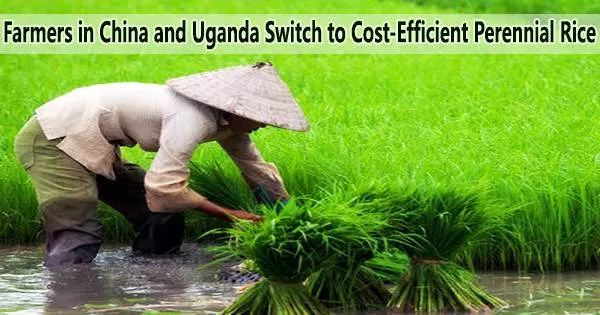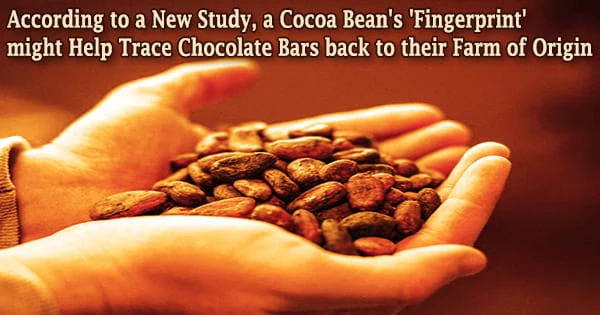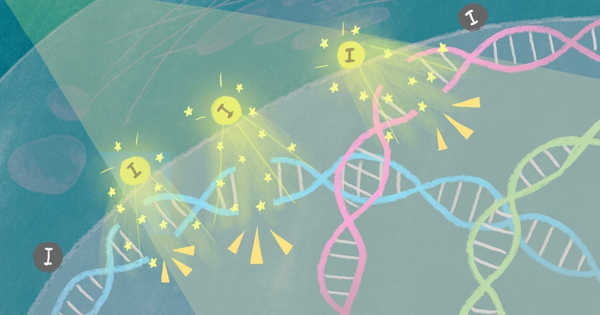After being cultivated for more than 9,000 years, paddy rice is now available as a long-lived perennial. With the breakthrough, farmers may plant once and have up to eight harvests without sacrificing yield, which is a significant improvement over “ratooning,” or reducing the amount of annual rice planted to get a second, weaker harvest.
A new report in Nature Sustainability chronicles agronomic, economic, and environmental outcomes of perennial rice cultivation across China’s Yunnan Province. Some 55,752 smallholder farmers in southern China and Uganda have already seen a change in their life because to the crop that has been modified.
“Farmers are adopting the new perennial rice because it’s economically advantageous for them to do so. Farmers in China, like everywhere else, are getting older. Everyone’s going to the cities; young people are moving away. Planting rice is very labor intensive and costs a lot of money. By not having to plant twice a year, they save a lot of labor and time,” says Erik Sacks, professor in the Department of Crop Sciences at the University of Illinois and co-author on the report.
Sacks, along with senior author Fengyi Hu and Dayun Tao, began working to develop perennial rice in 1999 in a collaboration between the Yunnan Academy of Agricultural Sciences and the International Rice Research Institute.
In subsequent years, the project grew to include the University of Illinois, Yunnan University, and the University of Queensland. Another partner, The Land Institute helped to secure the project’s continuation by contributing seed money, agroecology knowledge, and perennial grain breeding.
By hybridization, the researchers created perennial rice by mating an African wild perennial rice with an Asian cultivated annual rice. Taking advantage of modern genetic tools to fast-track the process, the team identified a promising hybrid in 2007, planted large-scale field experiments in 2016, and released the first commercial perennial rice variety, PR23, in 2018.
Modern high-yielding annual crops typically require complete removal of existing vegetation to establish and often demand major inputs of energy, pesticides, and fertilizers. This combination of repeated soil disturbance and high inputs can disrupt essential ecosystem services in unsustainable ways, especially for marginal lands. Perennial rice not only benefits farmers by improving labor efficiency and soil quality, but it also helps replenish ecological systems required to maintain productivity over the long term.
Professor Fengyi Hu
The performance of both perennial and annual rice was examined by the international research team over a five-year period on farms throughout Yunnan Province. With few exceptions, perennial rice yield (6.8 megagrams per hectare) was equivalent to annual rice (6.7 megagrams per hectare) over the first four years. The researchers advised resowing perennial rice after four years because yield started to decline in the fifth year for a variety of reasons.
But because they didn’t have to plant each season, farmers growing perennial rice put in almost 60% less labor and spent nearly half on seed, fertilizer, and other inputs.
“The reduction in labor, often done by women and children, can be accomplished without substitution by fossil fuel-based equipment, an important consideration as society aims to improve livelihoods while reducing greenhouse gas emissions associated with agricultural production,” Sacks says.
Perennial rice had different economic advantages depending on the research region, although gains were generally higher than those of annual rice by 17% to 161%. Farmers nonetheless made more money by cultivating perennial rice than they did by growing the annual crop, even in locations and years where it temporarily had temporary production declines because of pests.
“That first season, when they planted the annual and the perennial rice side by side, everything was the same, essentially. Yield is the same, costs are the same, there’s no advantage,” Sacks says. “But the second crop and every subsequent crop comes at a huge discount, because you don’t have to buy seeds, you don’t have to buy as much fertilizer, you don’t need as much water, and you don’t need to transplant that rice. It’s a big advantage.”
Perennial rice growing also offers major environmental advantages by avoiding twice-yearly ploughing. The research team found that soils containing perennial rice had higher levels of nitrogen and soil organic carbon stored in them. Additional soil quality parameters improved, as well.
“Modern high-yielding annual crops typically require complete removal of existing vegetation to establish and often demand major inputs of energy, pesticides, and fertilizers. This combination of repeated soil disturbance and high inputs can disrupt essential ecosystem services in unsustainable ways, especially for marginal lands,” says Hu, professor and dean in the School of Agriculture at Yunnan University. “Perennial rice not only benefits farmers by improving labor efficiency and soil quality, but it also helps replenish ecological systems required to maintain productivity over the long term.”
In an additional study, the ability of perennial rice to withstand low temperatures was evaluated with the aim of determining its ideal global growing region. Even though the crop’s recovery was significantly hampered by prolonged exposure to cold, the research team believes the crop might thrive in a variety of frost-free environments.
The researchers are still improving the crop even though they have previously undertaken on-farm testing and released three perennial rice types as commercial goods in China and one in Uganda. Scientists intend to rapidly incorporate desirable features like scent, disease resistance, and drought tolerance into the new crop using the same cutting-edge genetic methods, potentially extending its geographic distribution.
“While early findings on the environmental benefits of perennial rice are impressive and promising, more research and funding are needed to understand the full scope of perennial rice’s potential,” says Tim Crews, Chief Scientist at The Land Institute and study co-author.
“Questions about carbon sequestration and persistence and greenhouse gas balances in perennial paddy rice systems remain. Researchers must also make progress on perennializing upland rice, which could curb highly unsustainable soil erosion on farmlands across Southeast Asia. As the work of Dr. Hu’s group at Yunnan University progresses, The Land Institute and an ever-growing network of collaborators will continue to support these research and scaling efforts for perennial rice globally.”
Sacks adds, “I think now, with perennial rice in farmers’ fields, we have turned a corner. We have been feeding humanity by growing these grains as annuals since the dawn of agriculture, but it wasn’t necessarily the better way. Now we can consciously choose to make a better crop, and a better, more sustainable agriculture. We can fix the errors of history.”
















